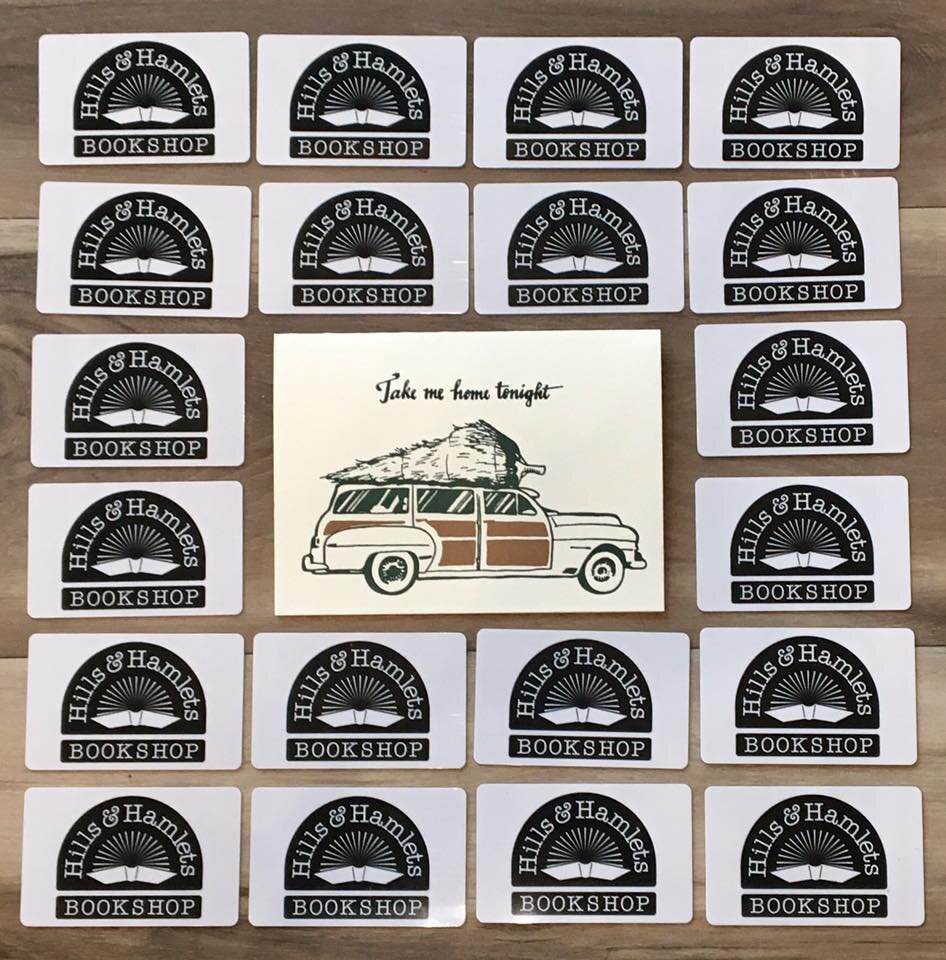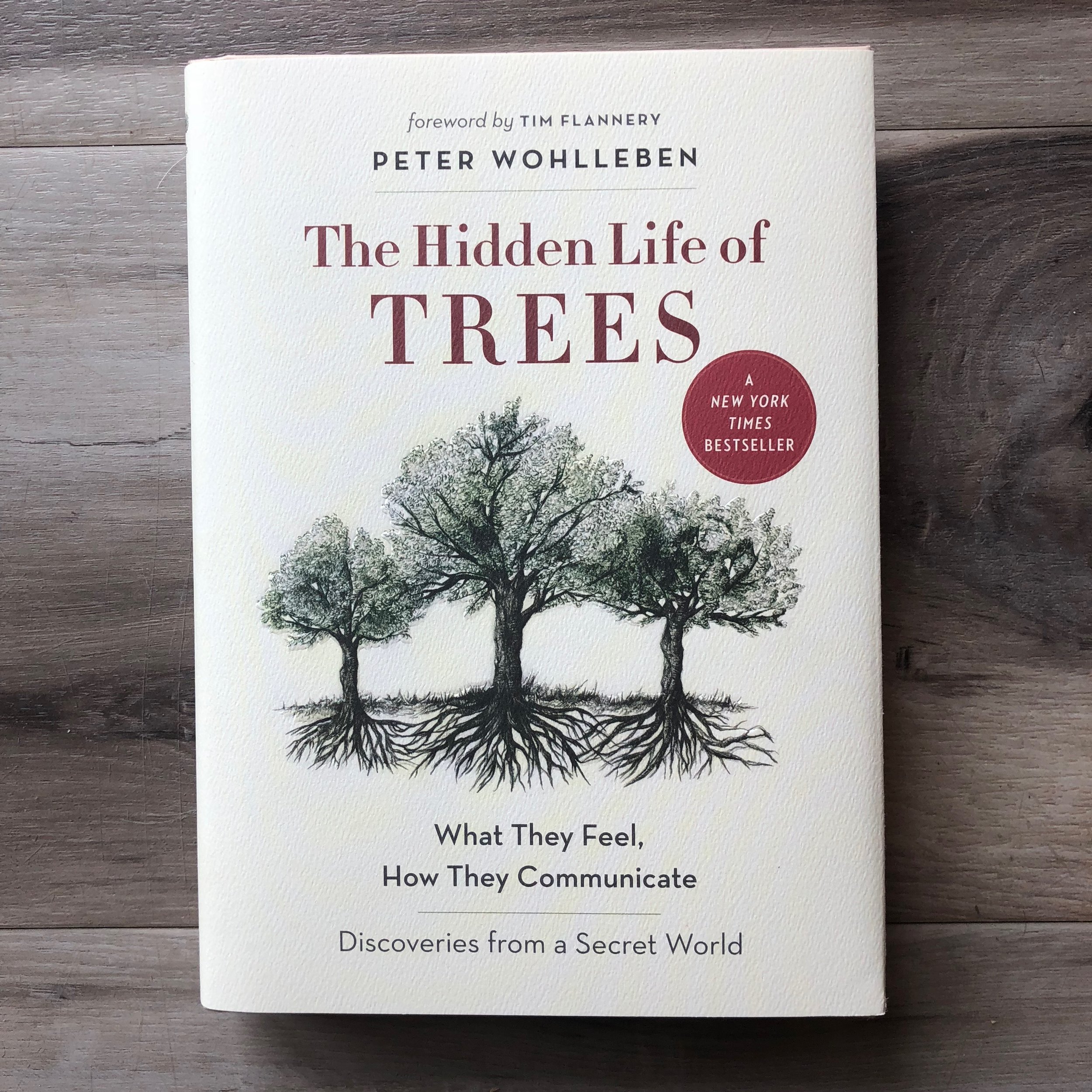The 2023 Biophilic Leadership Summit Returns to Serenbe!
Josh Niesse
Serenbe is host to an annual gathering called the Biophilic Leadership Summit, happening this year on April 23-26. The Summit is the only multi-day conference entirely focused on biophilic projects, research & principles, bringing together top industry thought-leaders in an intimate natural setting to network, build partnerships and learn from each other.
But what do we mean exactly when we talk about the term Biophilia?
Biophilia is the innate human connection to nature and other living systems. It is a concept that has been around for centuries, embedded in many spiritual traditions and indigenous worldviews, but it was not until the late 20th century that it began to be studied scientifically. The term biophilia was first used by German-born American psychoanalyst Erich Fromm in his book The Anatomy of Human Destructiveness (1973). Fromm defined biophilia as “the passionate love of life and of all that is alive.”
The concept of biophilia was later popularized by the legendary American biologist Edward O. Wilson in his book Biophilia (1984). Wilson defined biophilia as “the urge to affiliate with other forms of life.” Wilson argued that biophilia is an evolutionary adaptation that has helped humans to survive and thrive. He cited the fact that humans are drawn to nature and that they find it to be a source of comfort and healing.
Wilson also argued that biophilia is a necessary component of human happiness and well-being. He cited the fact that people who live in close proximity to nature tend to be happier and healthier than those who do not. Biophilia is also being studied as a way to improve human health and well-being. There is growing evidence that exposure to nature can help to reduce stress, improve sleep, and boost creativity. These findings have gained popularity in recent years with multiple bestselling books on the topic including Richard Louv’s The Last Child In The Woods: Saving Our Children From Nature Deficit Disorder and Florence Williams’ The Nature Fix: Why Nature Makes Us Happier, Healthier, and More Creative to name just a couple.
The concept of biophilia is a powerful one that has the potential to change the way we live and interact with the world around us. Serenbe is just one example of an increasing number of communities attempting to integrate biophilic design principles into the design of their neighborhoods.
As we reawaken to the benefits of living lives more connected to the natural world, gatherings like the Biophilic Leadership Summit offer opportunities for thought leaders in fields such as science, environmentalism, architecture, urban planning, builders/developers, and interested/concerned citizens from all walks of life to come to together and help grow the movement for a world infused with nature centered design.
Hills & Hamlets Bookshop is delighted to be the official bookstore partner of the Biophilic Leadership Summit. A number of important biophilic speakers will be featured at the summit, many of whom have written books in their respective areas of expertise, and Hills & Hamlets Bookshop will be on site for a number book signings throughout the gathering. Please refer to the summit schedule here.
Keynote speaker Fred Dust is the author of Making Conversation: Seven Essential Elements of Meaningful Conversation
Bill Browning and Catie Ryan are the authors of Nature Inside: A Biophilic Design Guide
Anjan Chatterjee, M.D. is the author of The Aesthetic Brain: How We Evolved to Desire Beauty and Enjoy Art
Dan Immergluck is the author of Red Hot City: Housing, Race, and Exclusion in Twenty-First Century Atlanta
Philip James Tabb is the author Biophilic Urbanism: Designing Resilient Communities For The Future and Serene Urbanism: A Biophilic Theory and Practice of Sustainable Placemaking
Timothy Beatley is the author of The Handbook of Biophilic City Planning and Design and Healthy Environments, Healing Spaces: Practices and Directions in Health, Planning, and Design among others.
Jennifer Walsh is the author of Walk Your Way Calm
Don Stuart and the American Farmland Trust are the authors of No Farmers, No Food: Uniting Farmers and Environmentalists to Transform American Agriculture












